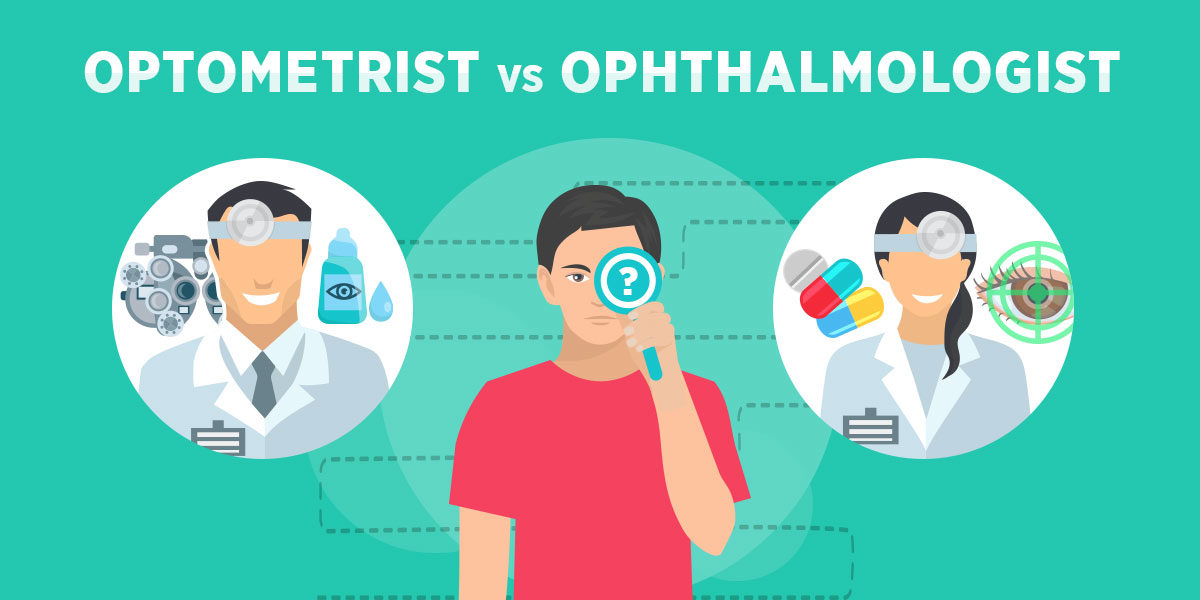This is kind of a big deal.
A routine eye exam may soon be able to detect your risk of Alzheimer’s disease.
An estimated 5.5 million people in the United States may be living with Alzheimer’s disease. By 2060, the CDC expects that number to nearly triple to 15 million.
Still, we have no easy and inexpensive way to detect what is the most common cause of dementia!
Right now, physicians have to use expensive scans like positron emission tomography (PET) scans and invasive spinal taps to help diagnose Alzheimer’s. So, a diagnosis usually comes too late for patients to benefit from medications and lifestyle changes that could slow disease progression.
Yet, if routine eye exams could predict Alzheimer’s years or decades before a person shows any symptoms, doctors would have more time to slow the progression of the disease.
HOW CAN AN EYE TEST SHOW ALZHEIMER’S RISK?
The retina is an extension of our brains! It is the inner layer of our eyes, made of neurons that transmit information to our brains so that we can see. They are fed by millions of tiny blood vessels, just like our brain.
Unlike the brain, the retina is easily accessible to doctors with dilating drops, making changes in the retina easier to observe than those in the brain.
Researchers at Duke Eye Center in North Carolina used OCTA scanners (commonly found in ophthalmologists offices) to image the retinas of patients in 3 groups: those with diagnosed Alzheimer’s, those who were perfectly healthy, and those with mild cognitive impairments but without a full-blown diagnosis of dementia.
They found that the Alzheimer’s group had fewer small retinal blood vessels at the back of the eye and that a specific layer of the retina was markedly thinner!
Healthy people and those in the mild cognitive impairment group did not show these changes.
The fact that the network of blood vessels was so markedly less dense in Alzheimer’s patients makes sense, considering what is at the root of the disease. Beta amyloid proteins that build up in plaques in the brain cause dementia. We now think that these same proteins may block blood vessel growth in the retina.
EYE TEST ALSO HELPS IDENTIFY THOSE AT RISK
Another fascinating study out of Israel compared retinal and brain scans of over 400 people who had a family history of Alzheimer’s but no symptoms themselves.
The retinal scans of these patients revealed that the inner layer of the retina is thinner in these people with a family history of Alzheimer’s. Sure enough, brain scans of these same patients revealed that the area of the brain typically affected early on in Alzheimer’s had already begun to shrink.
If we can identify those at risk for the disease way before they have symptoms, we can intervene with a variety of tools to slow progression.
SO IS THE TEST AVAILABLE YET?
Most agree we are only 5-10 years away from an eye test that can be easily and affordably performed at your yearly ophthalmology visit, which will tell you your risk before you show any signs the brain disease. Several startups, including one backed by Bill Gates, are working feverishly to bring this to everyday use.
Stay tuned—this is a game changer indeed!
 English
English French
French German
German






